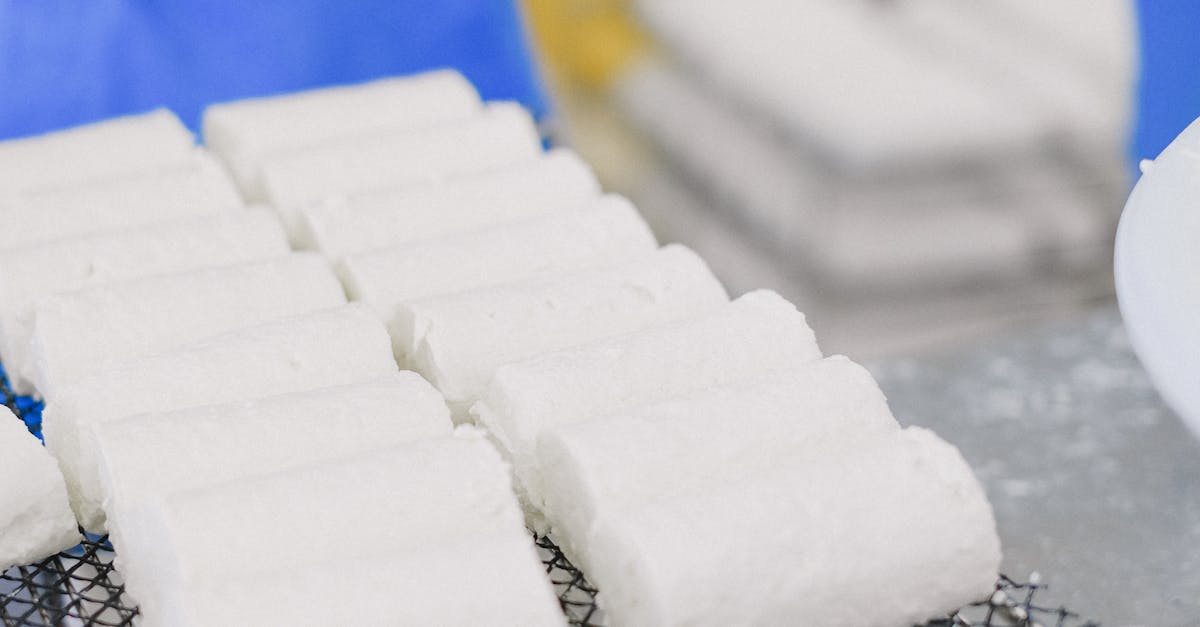Curd and yogurt are often used interchangeably in recipes, but are they really the same? If you’ve ever found yourself in the kitchen without yogurt, you might be wondering, “Can I use curd instead of yogurt?” The answer is more nuanced than you might think. This article will explore the differences and similarities between curd and yogurt, when you can substitute one for the other, and how it can affect your cooking and baking.
| Aspect | Curd | Yogurt |
|---|---|---|
| Origin | Traditional Indian dairy product | Fermented milk product popular worldwide |
| Texture | Thicker and creamier | Smooth and slightly runny |
| Taste | More tangy and sour | Milder and creamier |
| Nutritional Value | Rich in probiotics, calcium | High in protein, calcium, probiotics |
| Uses in Cooking | Curries, desserts, smoothies | Dips, dressings, baking |
| Fermentation Process | Made by adding a starter culture to milk | Made by fermenting milk with specific bacterial cultures |
| Availability | Common in South Asian cuisine | Widely available in supermarkets |
Origin
Curd is a traditional Indian dairy product that is made by coagulating milk, while yogurt is a fermented milk product that has gained popularity globally. The cultures used to make yogurt are often specific strains that give it a unique flavor and texture, whereas curd can be made from any type of milk and is usually a staple in South Asian households.

Texture
When it comes to texture, curd tends to be thicker and creamier compared to yogurt, which can be smooth and slightly runny. This difference in consistency can affect the final outcome of certain recipes. For example, if you are making a sauce or dressing, the thickness of curd might give it a richer texture, while yogurt might make it lighter.

Taste
The taste of curd is generally more tangy and sour than that of yogurt, which has a milder flavor. This difference can play a crucial role in how a dish turns out. If you are using curd instead of yogurt in a recipe that requires a subtle flavor, you might need to adjust the other ingredients to balance the tanginess of the curd.

Nutritional Value
Both curd and yogurt are rich in probiotics and calcium, but they have different nutritional profiles. Curd is known for being rich in probiotics and is a good source of calcium. On the other hand, yogurt is typically higher in protein and also contains probiotics and calcium, making it a healthy choice for many diets. Depending on your nutritional needs, you may prefer one over the other.

Uses in Cooking
Curd is commonly used in Indian cooking for making curries, desserts, and smoothies, while yogurt is often used for making dips, dressings, and in baking. If you are making an Indian dish that calls for yogurt, substituting curd can add a unique flavor and richness to the dish. However, in Western recipes, the flavor of curd might overpower the other ingredients, so it’s essential to consider the context of your dish.

Fermentation Process
The fermentation process for curd involves adding a starter culture to milk and allowing it to set. In contrast, yogurt is made by fermenting milk with specific bacterial cultures, which can lead to a more consistent flavor and texture. This difference in the fermentation process can affect the overall taste and quality of the dish you are preparing.

Availability
Curd is a common ingredient in South Asian cuisine and is often made at home, while yogurt is widely available in supermarkets around the world. If you are in a region where curd is not readily available, yogurt can be a suitable substitute in many recipes, though you may need to adjust for flavor and texture differences.

FAQ
Can I use curd instead of yogurt in baking?
Yes, you can use curd instead of yogurt in baking. However, keep in mind that curd is thicker and tangier than yogurt, so you may need to adjust other ingredients accordingly to achieve the desired taste and texture.
Is curd healthier than yogurt?
Both curd and yogurt have their health benefits. Curd is rich in probiotics and calcium, while yogurt is generally higher in protein. Your choice may depend on your dietary needs and preferences.
How do I make my own curd at home?
To make curd at home, simply warm milk and add a tablespoon of existing curd as a starter. Allow it to sit in a warm place for several hours until it sets.
Can I use yogurt instead of curd in Indian recipes?
Yes, yogurt can be used instead of curd in many Indian recipes. Just be mindful of the flavor differences and adjust your seasonings as necessary.
What is the best way to store curd and yogurt?
Both curd and yogurt should be stored in the refrigerator to maintain their freshness. Make sure to keep them in airtight containers to prevent them from absorbing odors from other foods.
For more detailed information about the nutritional benefits of yogurt and curd, you can refer to trusted sources like the [U.S. Department of Agriculture](https://www.usda.gov) and the [National Institutes of Health](https://www.nih.gov).
